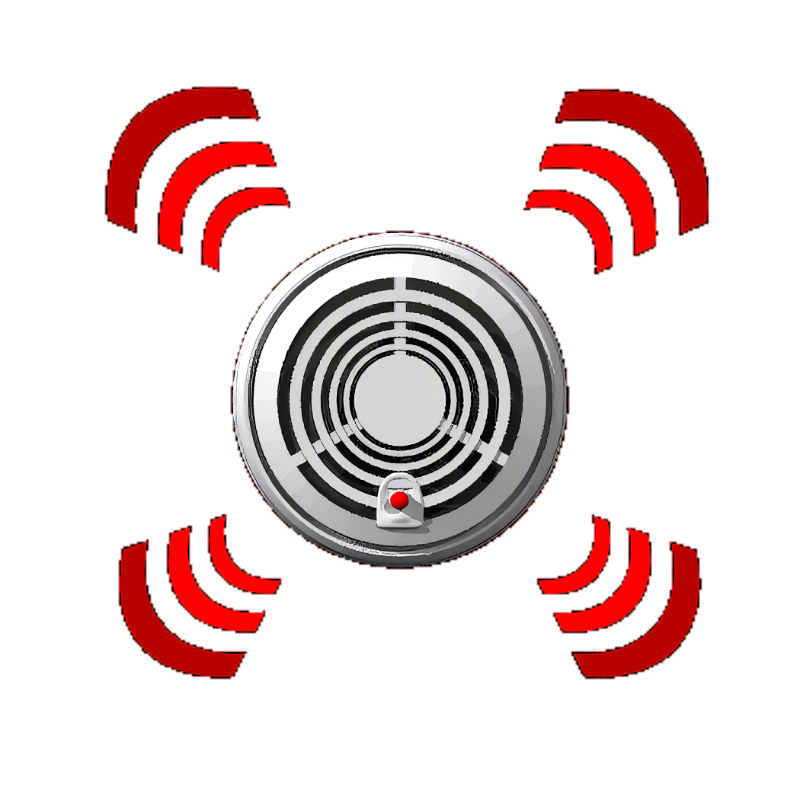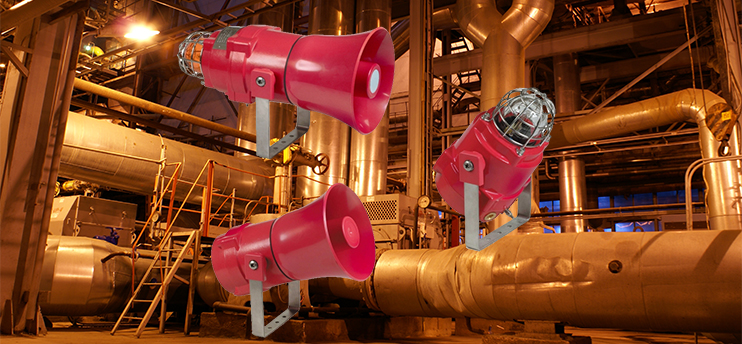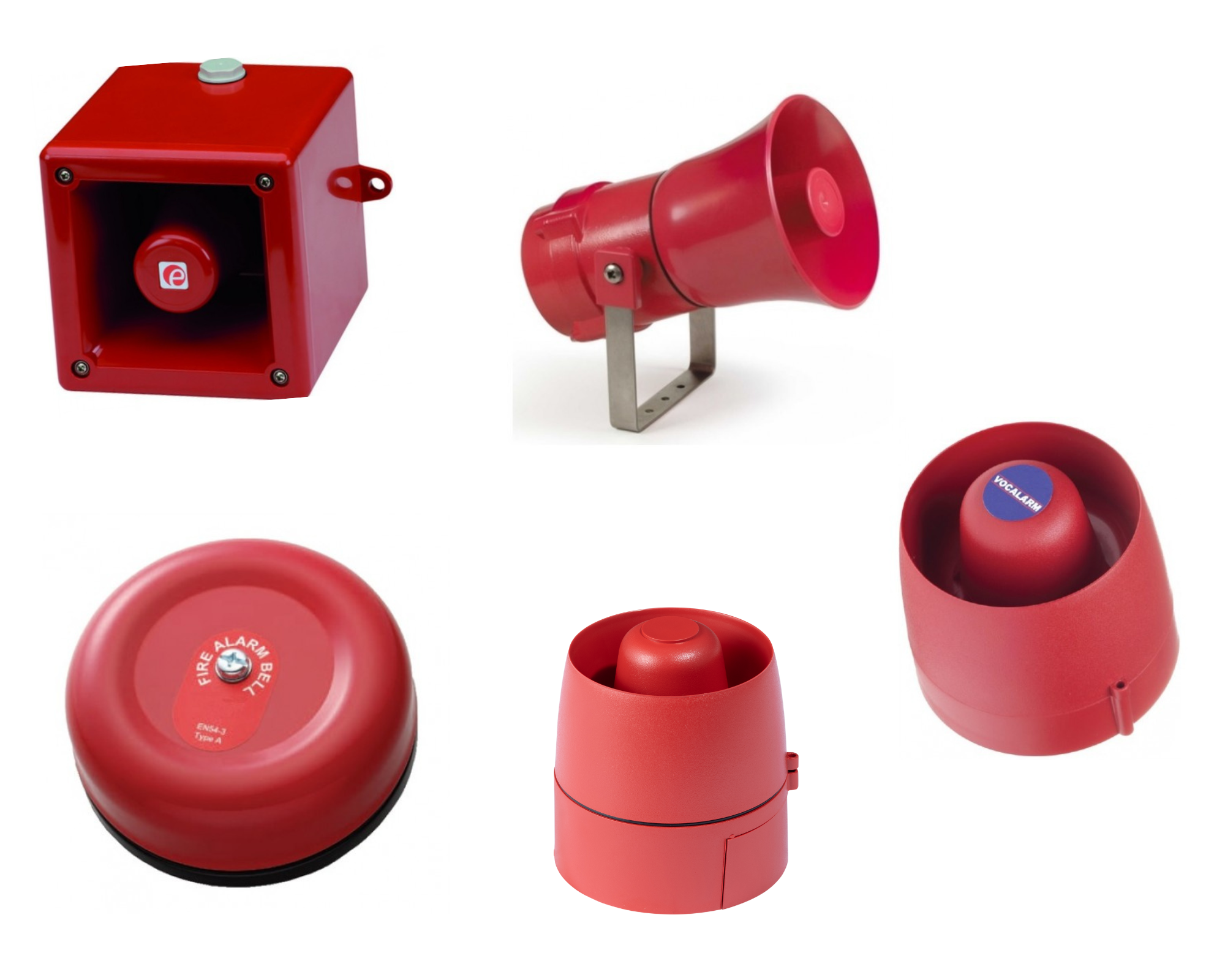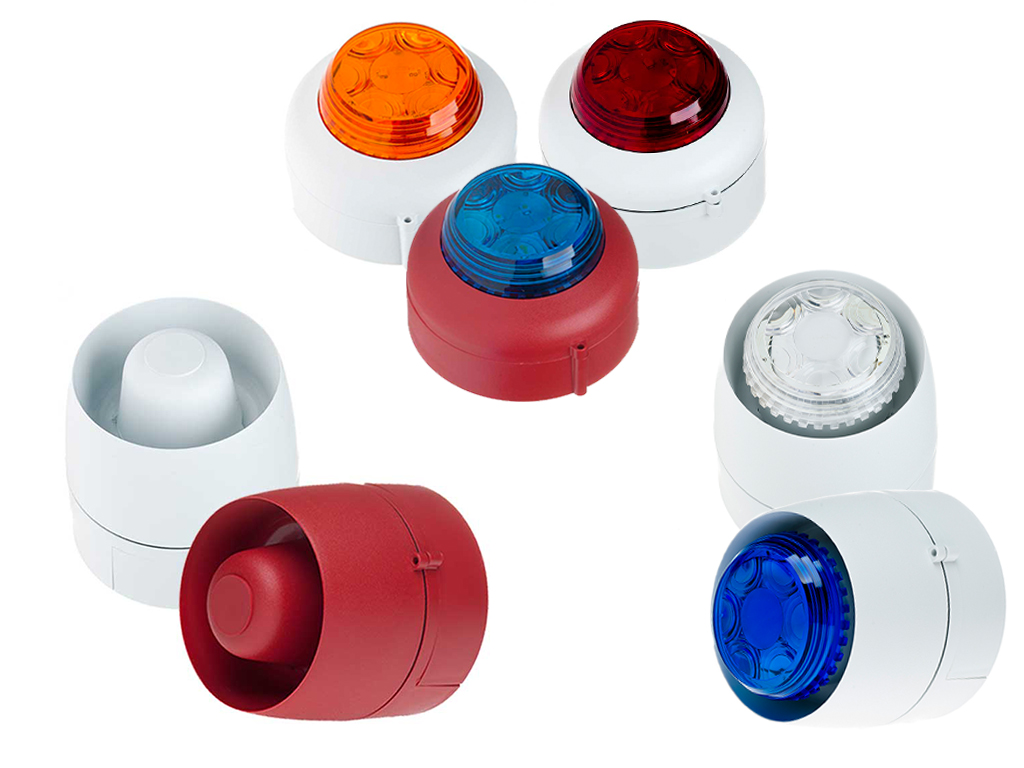Choosing the Right Fire Alarm Sounder Tone
When it comes to fire alarm systems, selecting the appropriate sounder tone is crucial to ensure that occupants of a building can recognize the alarm and evacuate quickly and safely. Although there are many different types of sounder tones available, the tone used should be easily recognizable and distinguishable from other sounds within the building.
What should you consider?
According to the BS 5839-1 standard, fire alarm sounders should produce a tone that is at least 65 decibels at three meters and be distinct from other sounds within the building. The tone should be easily recognizable as a fire alarm and should not be confused with other sounds, such as doorbells or telephone ringing.
Customization and adaptability play a role in selecting fire alarm sounder tones. Customizable tones offer benefits such as meeting the needs of occupants with hearing impairments or sensory sensitivities, promoting inclusivity during emergencies. Moreover, choosing a tone that suits the environment, considering factors like building layout, acoustics, and background noise levels, ensures optimal audibility and effectiveness.


Types of Fire Alarm Tones
There are many different types of sounder tones available for fire alarm systems, and each has its own advantages and disadvantages. The most common types of sounder tones used in fire alarms include:
Continuous Tone – This tone is a steady, uninterrupted sound that is easy to recognize as a fire alarm. It is one of the most used tones for fire alarm systems and is suitable for most building types.
Pulsing Tone – This tone is an intermittent sound that is suitable for buildings with high ambient noise levels. It is typically used in areas with machinery or loud equipment that may produce background noise.
Sweeping Tone – This tone is a fluctuating sound that changes in pitch and is typically used in buildings where a gentler alarm sound is required, such as hospitals or care homes.
It is important to note that the tone used for a fire alarm system should be consistent throughout the building. This means that all sounders within the building should produce the same tone to ensure that occupants can recognize the alarm and evacuate quickly and safely.
Highlights To Remember
sound perception testing and continuous evaluation are crucial.
BS 5839-1 provides alarm tone guidance
Alarm tone should be attention grabbing.
TONE MUST BE universally recognizable as a fire alarm
Consider Sensitivity of audience to sounds
WHEN IN DOUBT, SPEAK TO AN EXPERT
Still have unanswered questions?
Our experience in alarm applications expands beyond what we have available online. We’re here to help if we can.

